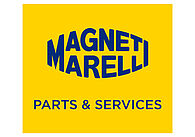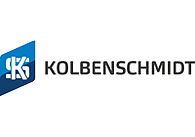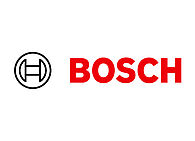Valves

Valves seal off the combustion chamber and optimise gas exchange. As they are constantly in motion - and this under difficult tribological conditions and under the effect of aggressive gases or...
Function

Valves seal off the combustion chamber and optimise gas exchange. As they are constantly in motion - and this under difficult tribological conditions and under the effect of aggressive gases or exhaust gases - they are subject to natural wear. This can be accelerated due to extreme conditions such as mechanical or thermal overloads. Valves must therefore generally be replaced when any sign of damage is noticeable.
Intake or exhaust valves

The up and down motion of the valve opens and closes the engine's combustion chamber. Intake valves open and close the fresh air intake (or air/fuel mixture intake, depending on the engine). Exhaust valves open and close the outlet for exhaust gases. The valves are actuated via the camshaft, which is in turn driven by the crankshaft and thus opens and closes the valves in synchronism with the motion of the piston. Combustion temperatures are emitted via the valves to the cylinder head and thus to the coolant circuit.
Safety
An engine cannot run without valves.
Depreciation
Valves are designed to last the service life of the vehicle. Oil and oil filters, along with air filters, must be replaced at regular intervals. Service intervals must be complied with. The V-belt (or timing chain) MUST be replaced after the prescribed mileage or time (in the case of the timing chain: according to state of wear). If the V-belt (or the timing chain) tears, the valves will stick and collide with the piston. In many cases, this will result in capital engine damage. The valves can just as frequently be damaged by driver errors such as inadvertently engaging a low gear at high speed – this can bend or even break valves.
Downloads
Here you can find all available downloads for the topic "Valves":
All file downloads:








